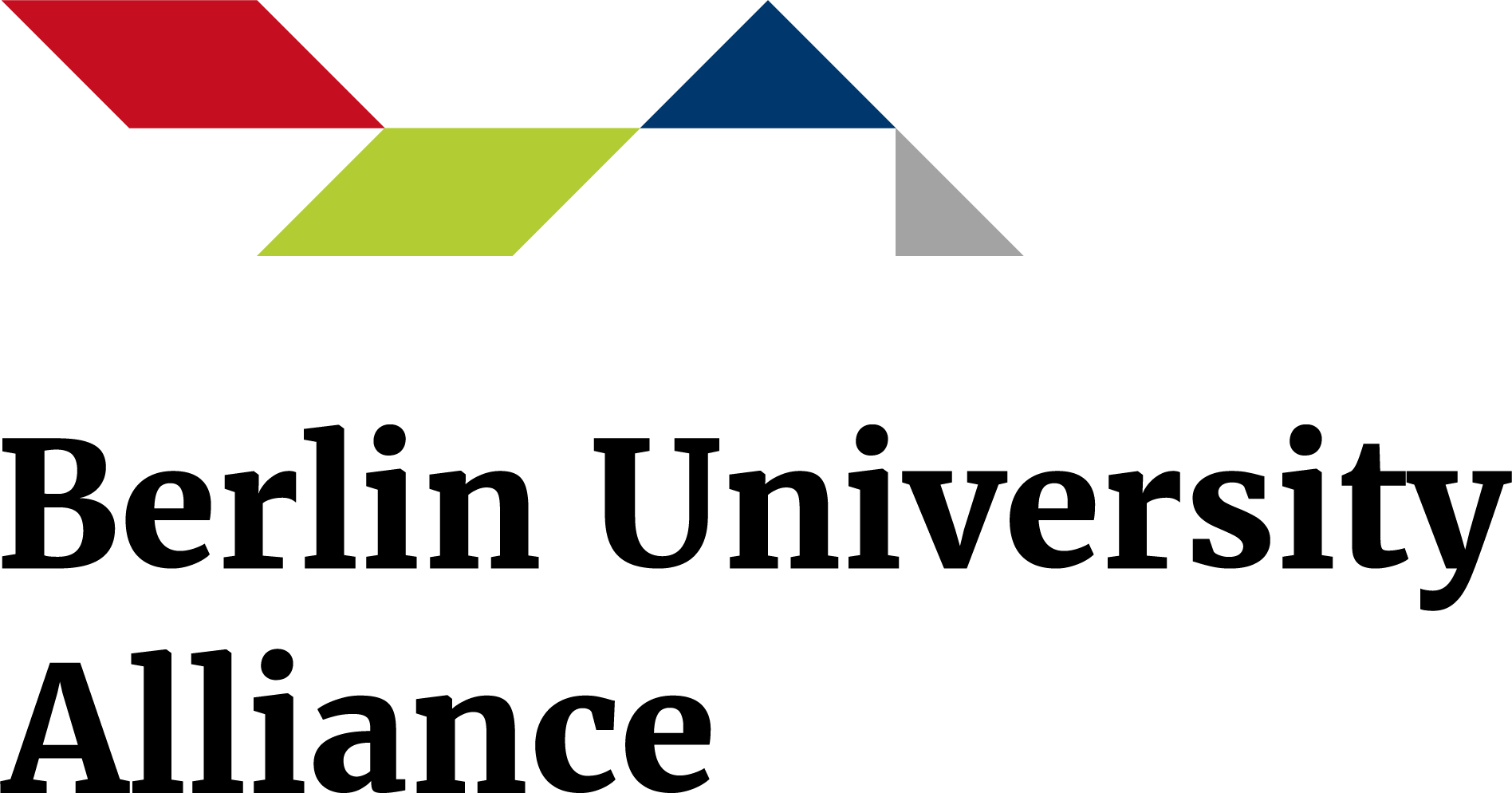The colours of water: purple
{{ time.start_TS | TS2dateFormat('MMM') }}
{{ time.start_TS | TS2dateFormat('YYYY') }}
| free admission |
| 14 years and older |
| German |
| Humboldt Lab, 1st floor |
| Belongs to: On Water |
The opening weekend of the exhibition ‘On Water’ from 9 to 12 October 2025 will focus on the ‘colours of water’. Although water is usually depicted as blue, it actually comes in a wide variety of shades – such as grey, black or red. Many of these colours have specific meanings or serve as technical designations.
Taking up the multicoloured nature of the wet element, the colourful opening weekend will focus on three of these colours and their associations: on Friday on rivers (green water), on Saturday on water in the city (purple water) and on Sunday on drought (brown water).
Purple water
When a city is reflected in rain, puddles or waterways, the water can appear colourful. These shades of colour tell of the diverse interconnections between history and architecture, culture and infrastructure with this essential element. Viewed from the water, Berlin reveals itself as an experiment between staging and concealment, between thoughtless consumption and laborious balance in the use of resources. Saturday is dedicated to water in the city: from historical and current challenges to Berlin’s visible and invisible water architecture to bathing and swimming in urban spaces.
Programme
Participants
Sofia Bauriedl is studying Global Change Geography at Humboldt University in Berlin. She previously completed her bachelor’s degree in geography at the University of Augsburg. As part of her studies, she is focusing on topics such as water security, biodiversity in aquatic systems and social hydrology. She is currently working at the Alfred Wegener Institute in permafrost research, where she is deepening her interest in the effects of climate change on water and soil systems in polar regions.
Veronika Deinbeck studied history, modern history, East Asian and European art history at the Free University of Berlin. Since 2008, she has been working in various historical and art history museums in the field of education, where she conducts workshops and guided tours for young and old. A key focus of her work is on creating access for all.
Irina Engelhardt is Professor of Hydrogeology at the Technical University of Berlin. Previously, she worked at the Technical University of Freiberg, the Jülich Research Centre and the Technical University of Darmstadt, among others. Her research focuses on the transport of pollutants and pathogens in groundwater and the development of large-scale groundwater models.
She led the BMBF joint project ‘MedWater’ and has been coordinating the ‘SpreeWasser:N’ project to secure water availability in Berlin-Brandenburg since 2022. She has also served as an expert on the German Bundestag’s Environment Committee and chairs the EGU programme group ‘Subsurface Hydrology’.
Anja Fiedler is a sustainable food artist and has been creating participatory social sculptures since 1999. In 2010, she discovered the power of food. Since then, she has served environmental issues in a delicious, sensual, and tangible way that is both appealing and engaging. Complex topics are “chewed over” through culinary delicacies, garnished with facts, scents, or sounds. These multisensory experiences encourage reflection and inspire action in everyday life. Anja Fiedler currently presents ideas on how we can face future challenges — such as climate, water, forests, meadows, city trees, moors, and even cosmetics — by eating.
Vitor Garcia de Almeida is a trained artist and performer. He gained his first experience in the creative processing of everyday materials, which are often discarded without a second thought, in the workshops of the samba schools in Rio de Janeiro. Since the early 2000s, he has been experimenting with a wide variety of materials for costume and prop construction for his own company, Stelzentheater Skaramouche.
He studies cultural studies at Humboldt University in Berlin and has since combined his practice of material processing with an examination of resource consumption in our society. The artistic use of objects created from discarded materials is intended to contribute didactically to promoting a critical view of the unbridled consumption of our time. For the Humboldt Laboratory, he realised two series of workshops on the topic of sustainability and art.
Laura Haumberger is studying European ethnology and educational science at Humboldt University in Berlin and is about to complete her bachelor’s degree. As part of her studies, she is focusing on empirical cultural studies, which analyse everyday life, social practices and cultural backgrounds in Europe. Theoretical and practical issues relating to education, upbringing and socialisation are also among her main areas of interest. Most recently, she conducted research as part of a project on the topic of ‘Görli Zaunfrei’. She is also actively involved in the student council.
Timothy Moss is a senior researcher at IRI THESys at Humboldt University in Berlin and an honorary professor at Leibniz University in Hanover. He researches urban energy and water systems from historical and social science perspectives. His book Remaking Berlin. A History of the City through Infrastructure, 1920-2020 was published in 2020. He is currently leading a DFG project on ‘usable pasts’ in Berlin’s infrastructure history as a catalyst for today’s transformation processes.
Partners
